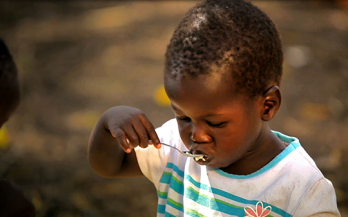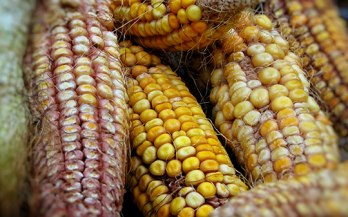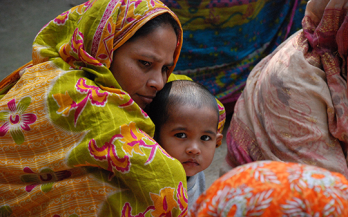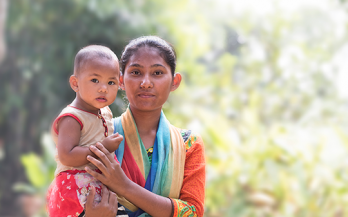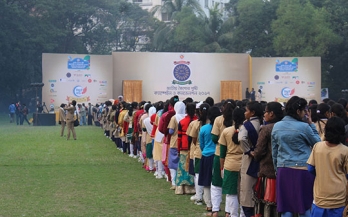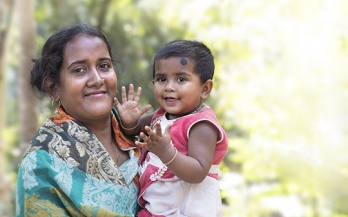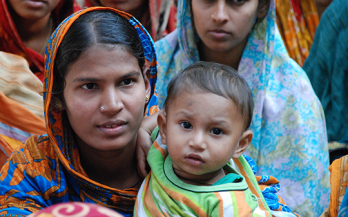Household coverage with iodized salt was assessed in 10 countries that implemented Universal Salt Iodization.
This commentary aims to discuss the multiple ways in which private sector can leverage its expertise to improve nutrition in general, and complementary feeding in particular.
Rice production is invariably related to food insecurity which translates to the food shortage or lean periods. The objective of this study was to compare the effect of two major rice harvest seasons and the post‐aus rice harvest period on household food insecurity along with the contribution of relevant household characteristics.
The efficacy of a number of interventions that include fortified complementary foods (FCFs) or other products to improve infant and young child feeding (IYCF) is well established. This article reviews key findings from 11 coverage surveys of IYCF programs distributing or selling FCFs or micronutrient powders in 5 countries.
Large-scale food fortification (LSFF) of commonly consumed food vehicles is widely implemented in low- and middle-income countries. Many programs have monitoring information gaps and most countries fail to assess program coverage. The aim of this work was to present LSFF coverage survey findings from programs conducted in 8 countries between 2013 and 2015.
The study’s objective was to assess dietary intakes of key micronutrients and the consumption pattern of potentially fortifiable foods, and then to model the potential impact of fortification of key staple foods.
The present study aimed to determine the contribution of ID, infections and feeding practices to anaemia in Bangladeshi infants aged 6–11 months. Baseline data from 1600 infants recruited into a cluster-randomised trial testing the effectiveness of micronutrient powder sales by frontline health workers on the prevalence of anaemia were used.
5000 adolescent girls – known as the "Golden Girls" – assembled on 19 December 2017 in the Sultana Kamal Mohila Complex, Dhaka, to celebrate the launch of the national "Adolescent Nutrition Campaign". For the Golden Girls – and many more adolescent girls in the country – this campaign represents a window of opportunity to push further the development of Bangladesh.
GAIN supports the manufacturing of multinutrient powders called Pushtikona targeted at infants aged 6 to 24 months. The overall objective of the evaluation was to identify strengths and weaknesses in program implementation, processes and uptake, which could ultimately affect program outcomes in Bangladesh.
Bangladesh is effectively implementing measures to address high rates of malnutrition. This brief presents the Pushtikona model and the partnership formed with Renata, a pharmaceutical company and BRAC, to deliver micronutrient powders across Bangladesh.




